Fashion has always played a significant role in queer identity. More than just a creative expression, fashion has long been a way to identify and signal queerness in spaces where it may not be safe to do so in any other way.
Fashion has offered insight, community, and refuge, allowing queer individuals to live more authentically.
Queer Fashion: A Timeline
Queer identities have always existed, and with that, queer fashion, in one form or another. But for the sake of brevity and clarity, we are going to start our exploration of queer fashion in the 19th century.
Featured product:

What is most interesting, and unsurprising, is the way mainstream fashion trends in each of these eras were directly influenced by queer fashion statements and trends, shaping narratives both inside and outside the LGBTQ+ community.
19th Century and Early 20th Century
Dandyism became a popular style trend during the early periods of the 19th century. Dandyism was a movement that allowed men, particularly gay men, to play with and explore style, pushing gender norms in a way that had previously been unimaginable. During this time, women were taking a pass on more confined silhouettes for a more relaxed shape.
The “Regencycore” style prompted by the popularity of shows like Brigerton is a good example of this style aesthetic.
At the turn of the century, there was a rise in androgynous fashion. Queer women adopted men’s clothing and hairstyles to signify their break from the norm.
Mid 20th Century
In the mid-1900s, queer culture and fashion became more visible. It was a tumultuous time, full of rebellion, pushes for civil rights, increased self-expression, and more.
During this time, fashion was a way to express joy and playfulness while pushing the boundaries of what was considered acceptable.
The bold colors, patterns, and exaggerated silhouettes of camp fashion are prominent in this era. These looks were a way for queer men to challenge conformity and express their identities.
While always existing, at this time, drag performances, cross-dressing, and gender non-conformity became more visible.
Late 20th Century
The 70s, 80s, and 90s, saw the rise of several subcultures like club kids, grunge, and queercore.
Fashion was used to subvert mainstream culture and traditional gender expectations and beauty standards.
The ripped jeans and flannel of the grunge scene were adopted by segments of the LGBTQ+ community while the over the top makeup and clothing of the club kids provided a different sort of queer expression.
You can still see some of these influences in queer styling today.
21st Century
In the last 20 years, fashion has become more inclusive and diverse. It has embraced the concept of gender non-conformity, and body positivity, and even seen the creation of totally genderless clothing lines.
This move has deep roots in the queer community and it’s history of self-expression. Clothing is not inherently gendered, we, as a society, have gendered clothing. This means we, as a society, can upend those definitions and allow people the freedom to wear what they want and live the way they want.
Queer Fashion Icons Throughout History
Fashion trends have always been influenced by queer subcultures. There have always been queer legends and icons that embody transformative, boundary-breaking, genre-defining style.
It would be impossible for us to cover every LGBTQ+ fashion icon and every transformative look. However, we have done our best to collect fashion icons that changed the discourse, challenged norms, and created a lasting style influence.
Oscar Wilde
As a poet and popular playwright, Oscar Wilde was the epitome of Victorian dandyism. He popularized the French trend of wearing a green carnation on the lapel to signify gay identity and was often seen in fanciful dress that pushed the boundaries of gender norms.
During Wilde’s lifetime, homosexuality was illegal and he faced a very public trial and criminal conviction for “gross indecency.” Despite these risks and complications, Wilde remained true to his sense of expression and remains one of the key figures of historical queer fashion influence.
Bessie Smith and Ma Rainey
The Harlem Renaissance produced incredible cultural figures and moments. Bessie Smith and Ma Rainey were legendary blues singers who not only elevated the traditional flapper style of the 1920s, but they challenged what was expected of women occasionally donning traditionally male attire and openly having same-sex relationships.
Much of the art, literature, and music produced during this time was very accepting of queer expression and identity. This is due, in part, to the fact that it was flying under the radar of mainstream white culture.
Today, the musical and fashion influences of Bessie Smith and Ma Rainey can be observed across a wide range of vocalists and entertainers.
Marlene Dietrich
As an openly bisexual screen siren, Marlene Dietrich pushed boundaries in her private and professional life. When it comes to fashion and style, she often defied gender norms, wearing pants and opting for androgynous looks. Her popularity and star power influenced other women to adopt pants and define their own fashion sensibilities.
Yves Saint Laurent’s famous smoking jacket was directly influenced by Dietrich and other famous people, like Madonna, paying tribute at various times in her career.
A similar style sensibility can be seen in later screen legends Katherine Hepburn and Diane Keaton.
Little Richard
Before there was Prince and David Bowie, there was Little Richard. A dynamic performer and pioneer of rock and roll, Little Richard’s fashion sense was anything but ordinary.
Little Richard often wore makeup (eyeliner in particular) and his clothes were both flamboyant and androgynous, challenging preconceived notions of sexuality and gender and influencing fashion and performers to this day.
Indya Moore
Whether sporting suits with no shirt or stunning red carpet looks, Indya Moore is a true fashion icon. As an actor and model, they were named by Time magazine as one of the most influential people of 2019 and you can expect their style influence will be seen for years to come.
Jean Paul Gaultier
The legendary designer Jean Paul Gaultier often subverts gender norms in his work.
He’s famously put men in skirts and used the same model to showcase both “male” and “female” clothing. This action no doubt influenced the gender-fluid collections we see today.
Gaultier was a true pioneer, creating iconic looks like Madonna’s cone bra, and proving that fashion, clothing, and self-expression are beyond the gender binary.
Billy Porter
As an actor, singer, and director, Billy Porter is known for bold fashion statements. From breathtaking gowns to sky-high heels, Porter challenges red-carpet expectations and uses his platform to push tolerance and acceptance. More than breaking gender norms, Porter dresses with a message, often advocating for social justice and LGBTQ+ rights.
Whether he’s wearing custom Christian Siriano (another gay fashion icon!) or traffic-stopping street style, Billy Porter has brought gender-neutral looks to the fore.
RuPaul
Whether you’re a Drag Race fan or not, it’s hard to ignore the style influence of RuPaul.
In drag, RuPaul has had multiple iconic looks. From club kid to high camp and statuesque glamor, RuPaul’s looks are always a celebration of true self-expression. Out of drag, RuPaul is equally fashionable, wearing fitted suits in bold colors and patterns further demonstrating that a multitude of expressions lies within each one of us. No person is every one thing.
Bob Mackie
No queer fashion icon list is complete without mentioning Bob Mackie. Known as "the sultan of sequins" or "the rajah of rhinestones,” Mackie’s looks are designed to be noticed. His looks often accentuate femininity. They are sparkly, form-fitting, and often feature exposed skin or dramatic cutouts.
Mackie is legendary for dressing several gay icons, including Cher, Tina Turner, Diana Ross, Bette Midler, Lucille Ball, Marilyn Monroe, Judy Garland, Liza Minnelli, Barbara Streisand, and Carol Channing.
Find Your Queer Fashion Statement with Hunky Tops
Fashion has always played an important role in LGBTQ+ life. It has been a way to safely signal queer identity to one another, to challenge gender norms and expectations, and it has been a way to creatively express personality and sense of self.
But despite its powerful place in queer culture, fashion hasn’t always felt accessible to everyone. That’s where Hunky Tops comes in! Hunky Tops believes fashion should make you feel confident and comfortable in your skin.
Our clothing designs are meant to help you shine! From bold and bright, to clever and playful, our designs deliver the fashion statement you’ve been looking for!
Visit our store to discover your next iconic look!


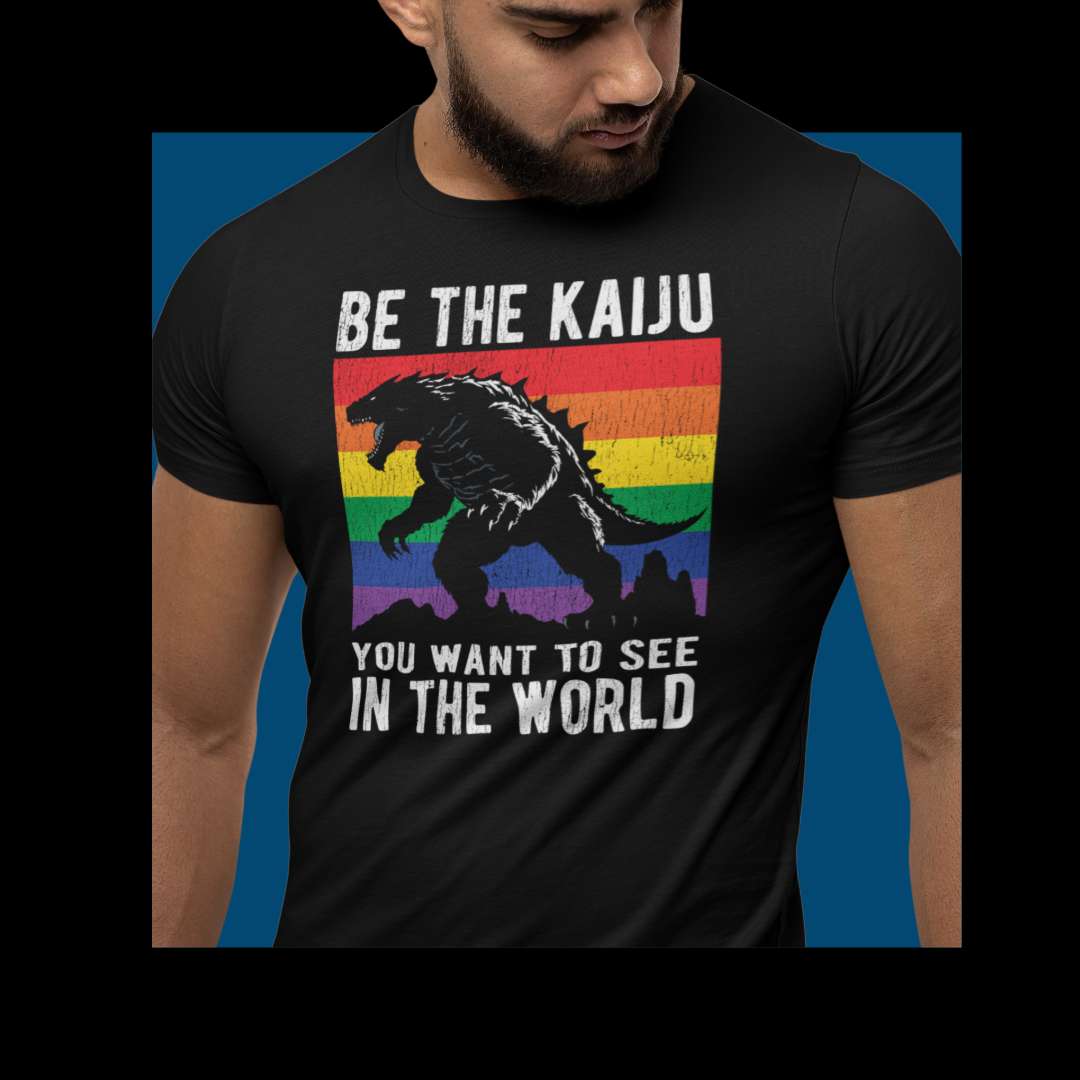
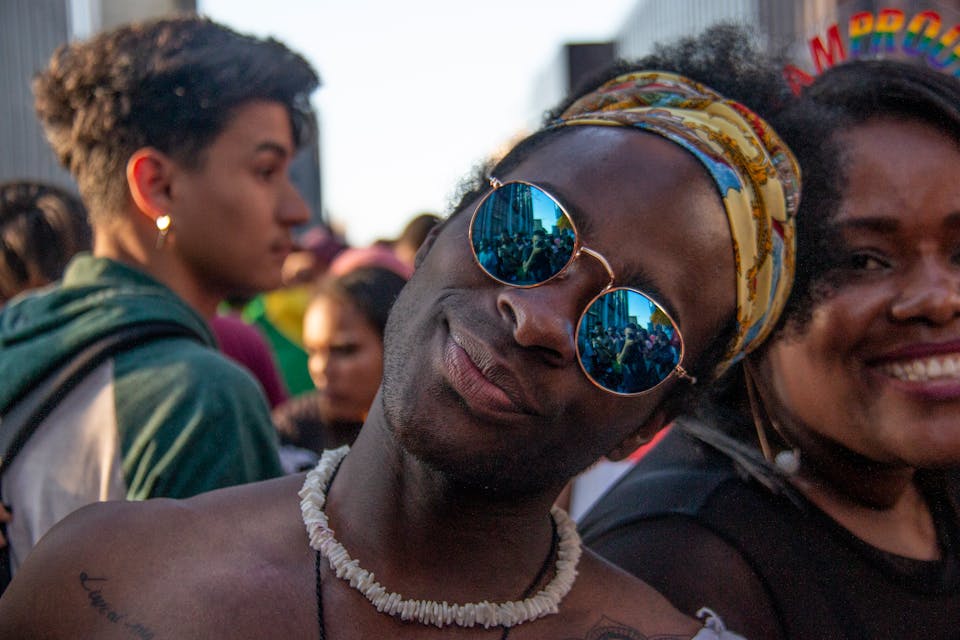

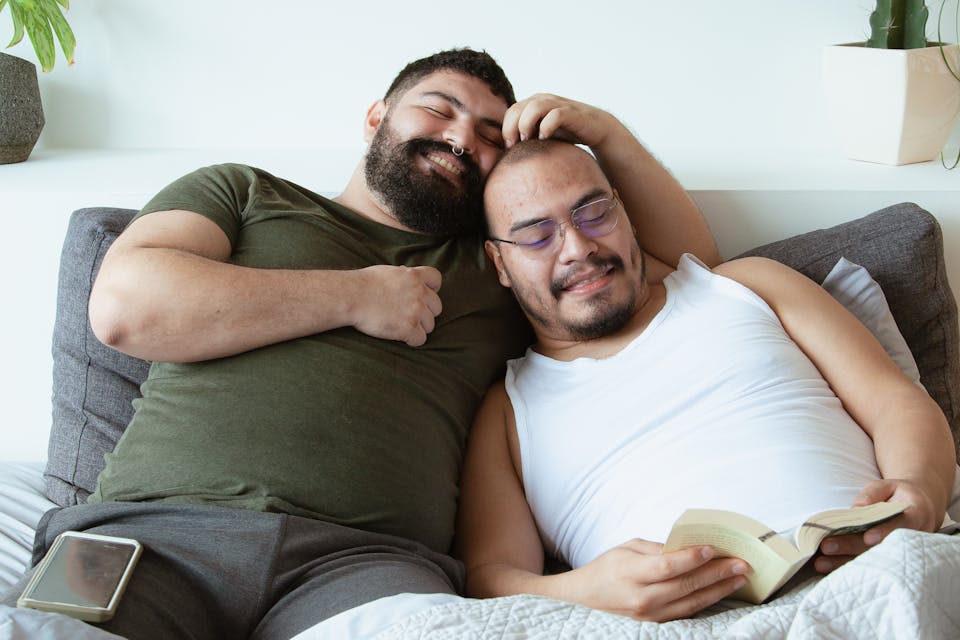



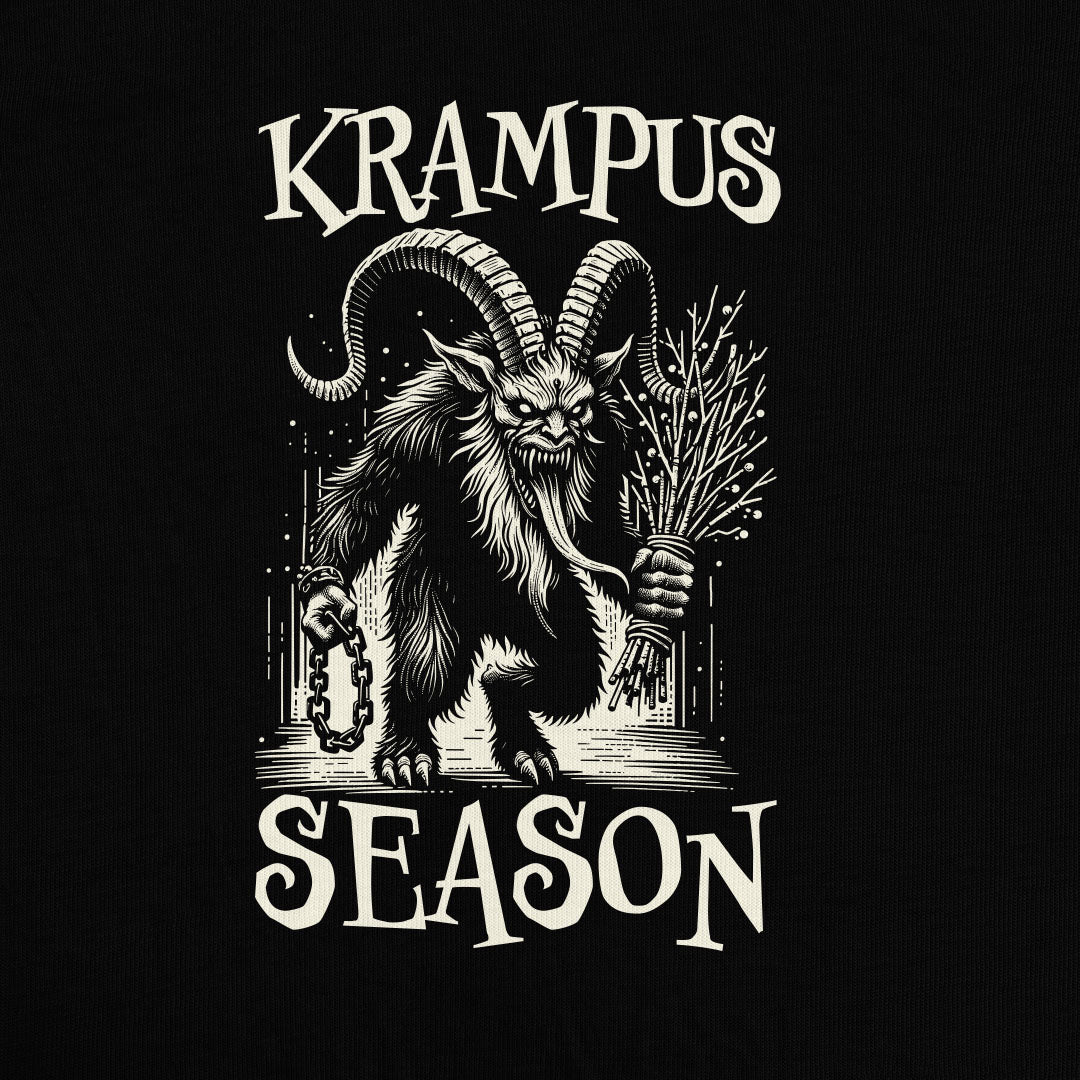
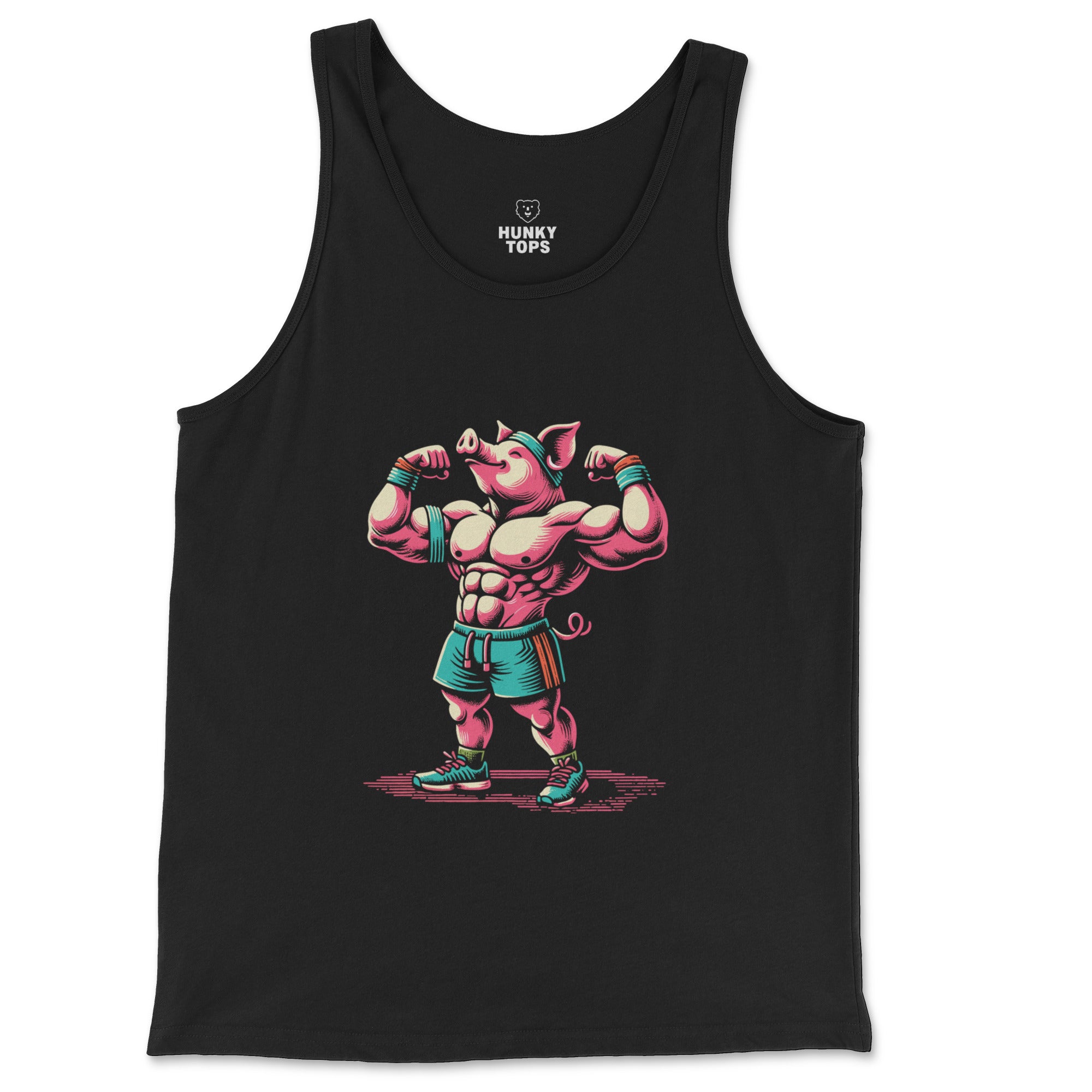
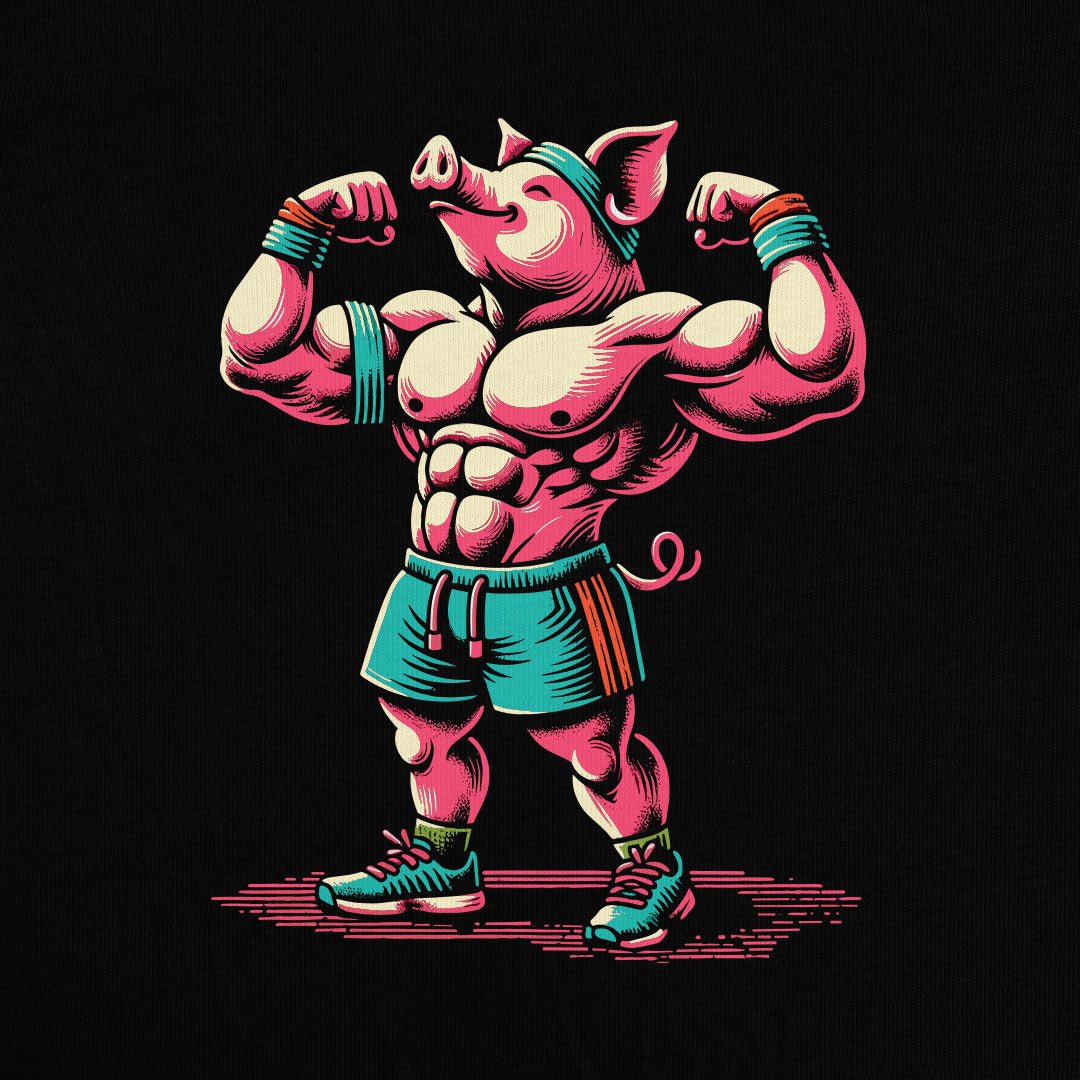
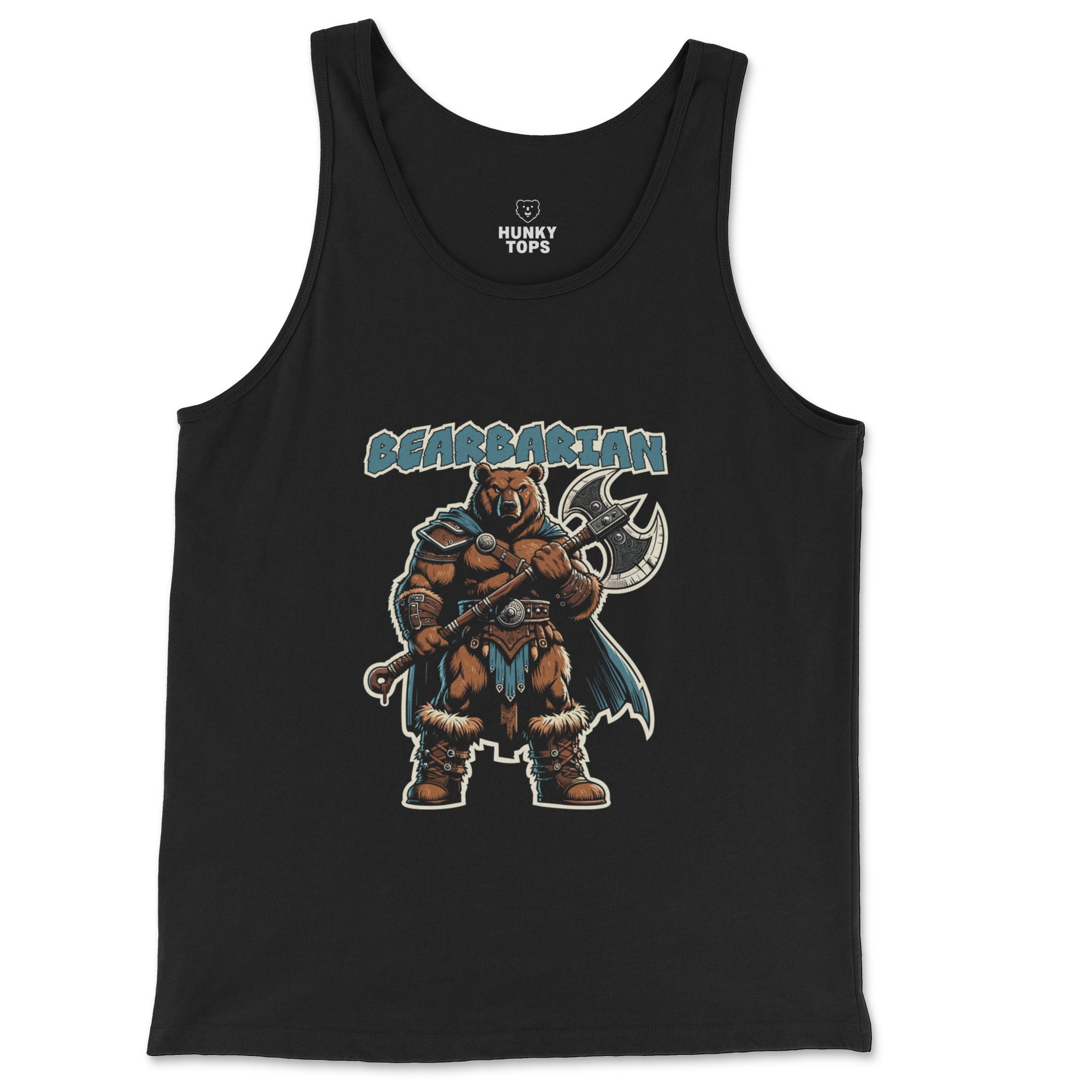

Leave a comment
This site is protected by hCaptcha and the hCaptcha Privacy Policy and Terms of Service apply.